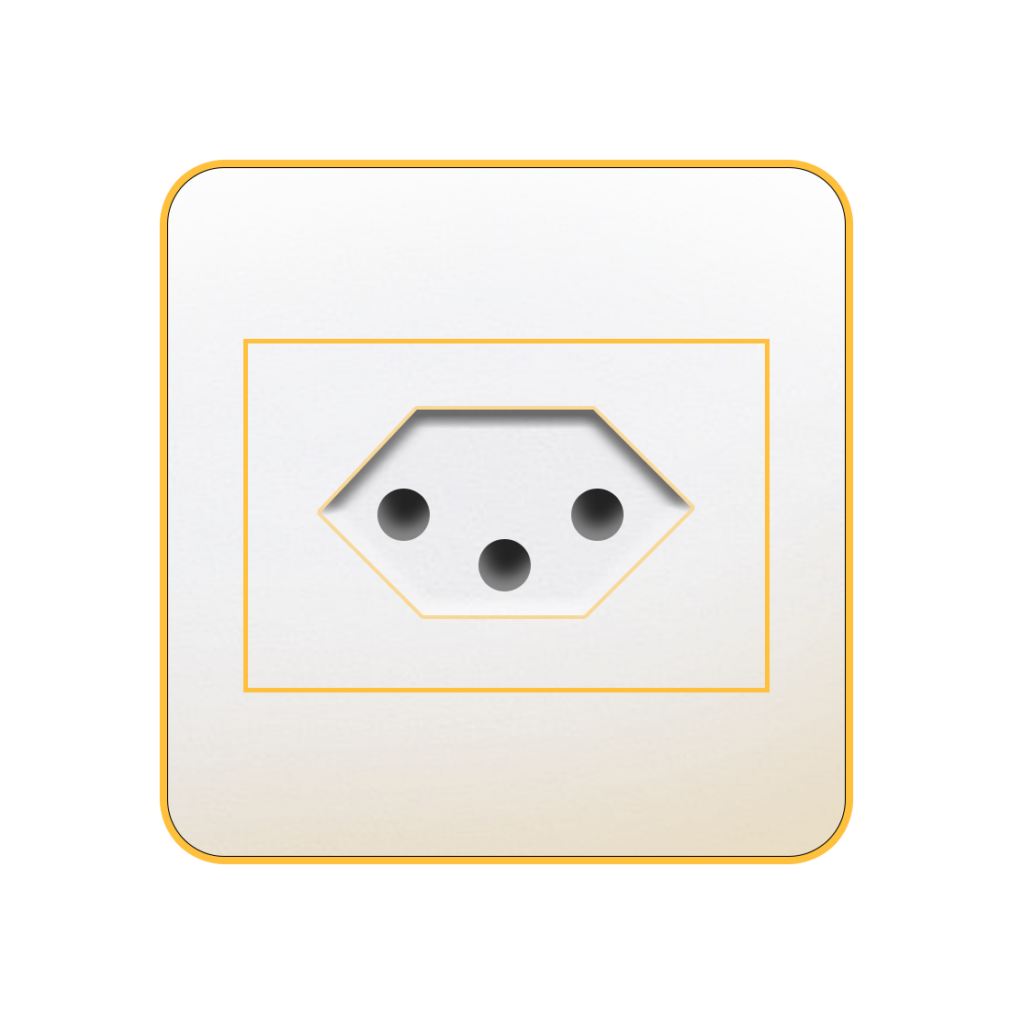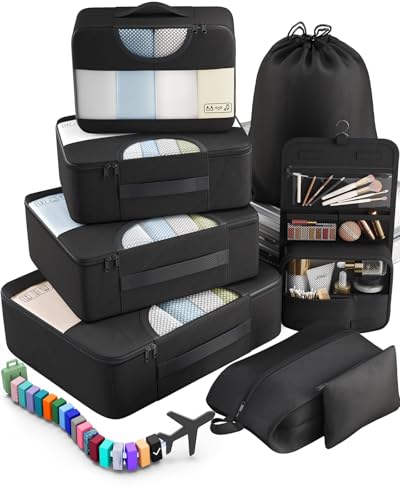In Brazil, they use Type C and N power plugs and outlets. The voltage is 127/220V, and the frequency is 60Hz.
So, you’ll need a travel adapter in Brazil. Their plugs and outlets are different from the Type A and B ones we use back in the States.
Quick Overview of the Plugs in Brazil:
- Plug type in Brazil: C and N
- Standard voltage: 127/220V
- Frequency: 60Hz
- Need a travel adapter? Yes, you do need a travel adapter
- Need a voltage converter? You might need one for certain items
- Recommended plug adapter: Vintar Universal Travel Adapter Kit
All data on this page is checked against official local regulations, IEC international standards, and feedback from travelers who’ve recently visited this destination.
The Only Travel Adapter You’ll Need in Brazil
The wrong adapter can mean slow charging, device damage, or no power at all. We don’t sell travel adapters, but we’ve found the best one for Brazil by looking at voltage, safety, and compatibility. Here’s our top pick:
Recommended Travel Plug Adapter
by 1,000+ travelers on Amazon
No adapter in your bag? No big deal. You can usually find one after you arrive. Still, having your own ready to go is a small thing that makes a big difference on the road.
People visiting Brazil often explore Argentina, Paraguay, and Uruguay. Always check plug types before you travel.
Power Outlets in Brazil
In Brazil, they use Type C and N power plugs and outlets.
Type C

Type C outlets have two round prongs and no grounding pin. Type E and F plugs usually fit too, but grounded plugs will need an adapter.
Type N

Type N outlets have three round prongs arranged in a triangular pattern, designed for modern high-power use, and accept Type N and sometimes Type C plugs, though grounding may be lost with Type C.
Do You Need a Voltage Converter?
Since the voltage in Brazil doesn’t match the U.S. standard of 120V, you’ll likely need a voltage converter to avoid damaging your devices.
Before plugging in any device abroad, always make sure to check the power input label. If it states “100-240V, 50/60 Hz”, your device is designed to work on multiple voltages and won’t need a converter. Many modern electronics, including phones, tablets, and rechargeable items, have this feature.

Which Travel Devices May Need a Converter?
Looking for a solid voltage converter? These highly rated options are a good place to start.
| Device | Need Converter? | Notes |
|---|---|---|
| Phone | ❌ No (usually) | Most modern phone chargers are dual voltage (100–240V) |
| Laptop | ❌ No (usually) | Check the power brick label for 100–240V |
| Hairdryer | ✅ Yes (often) | High wattage; many models are not dual voltage |
| Electric toothbrush | ⚠️ Check voltage | Some models are 110V only |
| Camera / DSLR | ❌ No (usually) | Most chargers are dual voltage |
| Power bank | ❌ No | Charges via USB, adapter is enough |
| Electric shaver / trimmer | ⚠️ Check voltage | Older or cheaper models may not support 230V |
| Tablet / iPad | ❌ No | All models are dual voltage |
| Portable fan | ✅ Yes (sometimes) | Many models are not compatible with 230V |
| Game console | ⚠️ Check voltage | Newer consoles like PS5 and Xbox are often dual voltage — check to be sure |
| Bluetooth speaker | ❌ No (usually) | Charges via USB |
| E-reader (Kindle, etc.) | ❌ No | USB charging only, no converter needed |
Top Travel Essentials to Pack
There’s more to smart packing than clothes and chargers. These tools make travel smoother and more stress-free.
Digital Luggage Scale
Packing Cubes
Power Bank
More About Brazil
Brazil is massive—about 3.3 million square miles, nearly as big as the continental U.S.—and packed with wild landscapes from the Amazon to glacier-fed lakes. Coffee lovers, take note: it’s the world’s #1 coffee producer, so every cup—and espresso shot—is backed by serious pedigree.
Its cultural mix is next-level: massive Afro-Brazilian influence in the northeast, European beats in the south, and indigenous voices in the Amazon. Music and dance—samba, Carnival, capoeira—aren’t just entertainment, they’re lifeblood.
That said, city smarts matter—crime can spike in big cities or crowded areas, so blend awareness with adventure. But whether you’re chasing jungle, beaches, city lights, or cultural deep-dives, Brazil delivers—it’s bold, beautiful, and always alive.
Top places to visit in Brazil: Rio de Janeiro, São Paulo, Salvador, Brasília, Fortaleza, and Recife.




